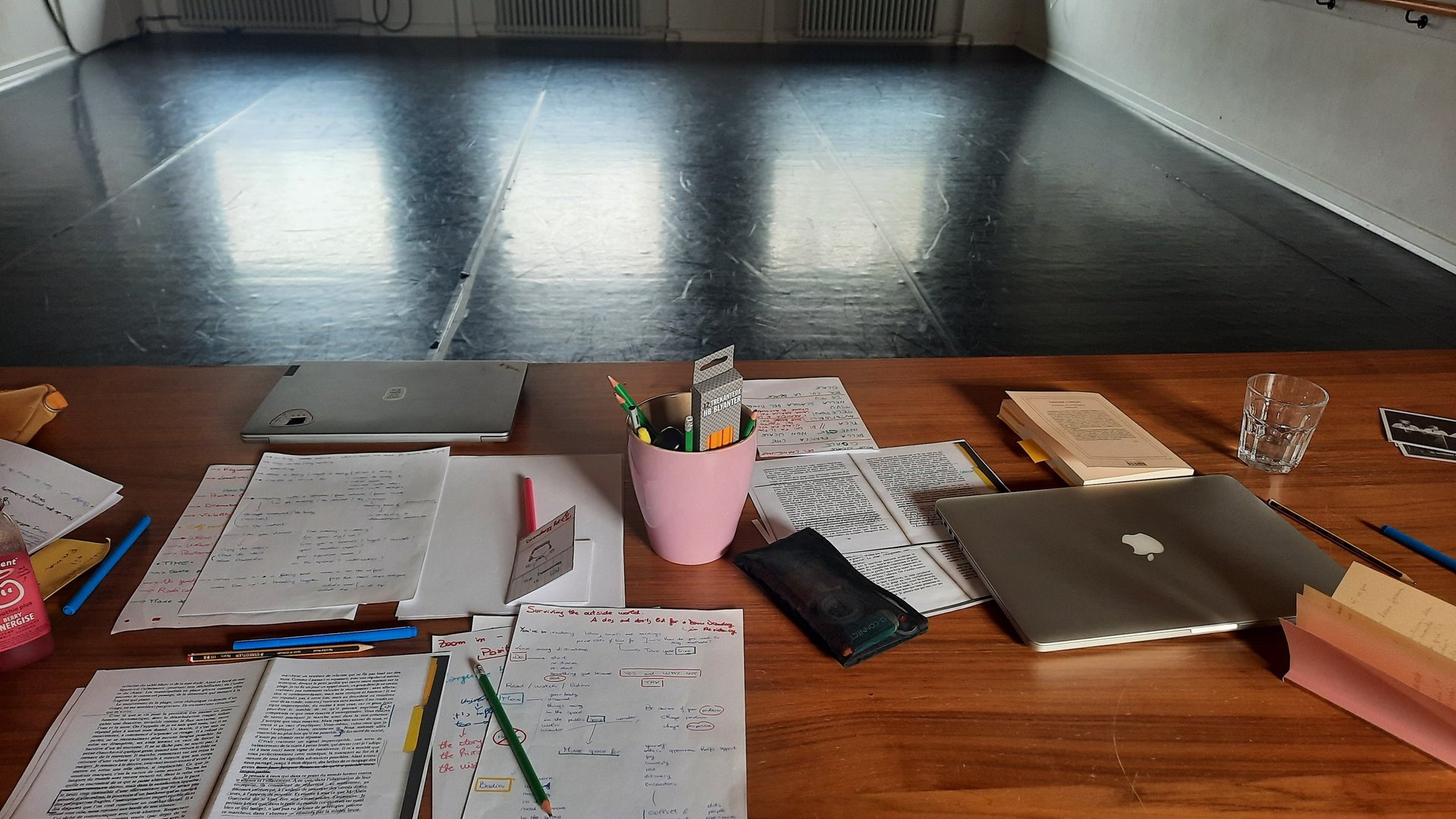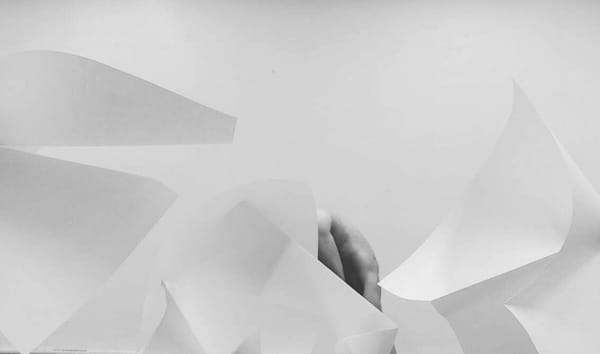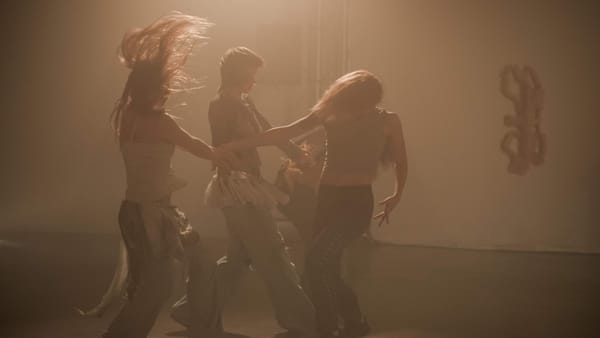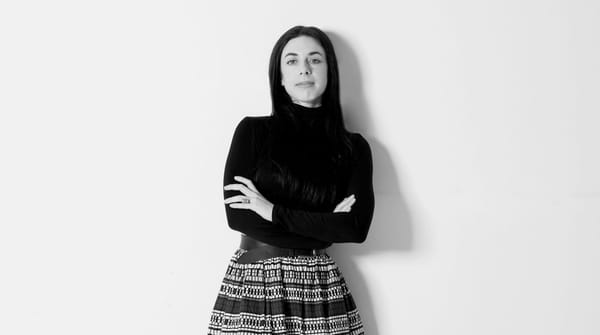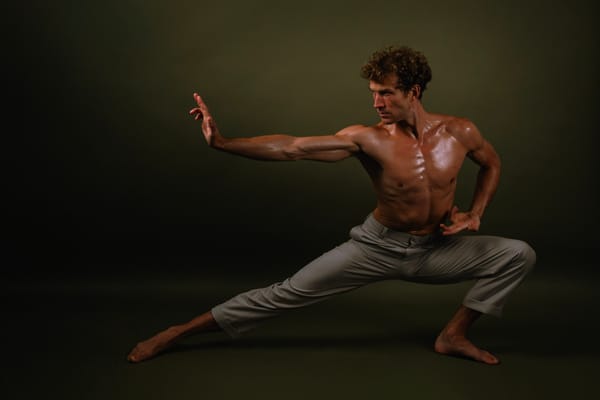Drops of Dance: How Small Movements Can Extinguish a Burning World
By Greta Pieropan — Amid a burning world, can dance be more than escape? A reflection on how movement rewires bodies, bridges divides, and quietly reshapes society—one drop at a time.
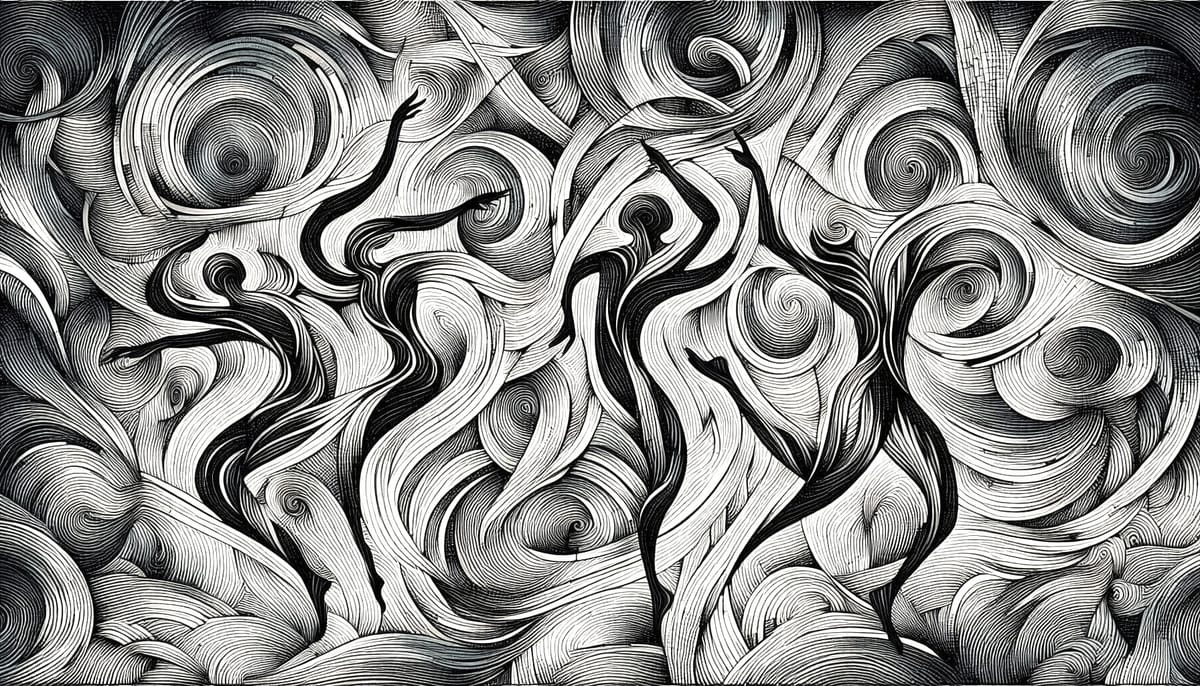
by Greta Pieropan
Do you ever feel useless, watching the world burn while you’re just here, trying to make people dance?
Some weeks ago, I asked a fellow dance professional this question. Their reply:
“No, because I know that if dance makes a difference, even a small one, it’s already a drop of water on the burning world. And every drop counts.”
That hopeful sentence became the final drop that opened a flood of thoughts: What little drops of water have I witnessed through my relationship with dance? I decided to collect a few, place them under the microscope, and challenge the structure of time. I’ll fish out memories and search for an answer to my question: Why dance, again?
As a human, dance brought me to know my body, on a journey not always paved with acceptance. It taught me how the body works (and doesn’t), the shapes it can trace, what keeps it in balance. It taught me that ignoring the body often means being forced to stop for far longer later. Dance confronted me, and my body, with limits, then offered a choice: push them or use them creatively. A crossroads that led me down unexplored paths.
It also taught me that the body is not just content, but matter. And how much it matters.
That our bodies are moving structures, built on a constant flow of information between cells.
In my day job, I work in community development. In theory, I guide others in shaping a vocabulary through dance. In practice, they often remind me why dance matters.
“Using creativity and connecting it to your movements, that’s a daily revolution.”
This came from a participant in Dance Well, classes offered for people living with Parkinson’s. Developed in Bassano del Grappa, Italy, the practice has gained global recognition. Scientists have mapped how contemporary dance’s imaginative tasks help the brain forge new pathways to communicate with the body. If Parkinson’s disrupts movement, dance-activated imagination can reroute the signal.
Then there’s dopamine, released when dancing, boosting mood and aiding those whose conditions deplete it. Again, dance helps me understand the body, the mind, even our chemistry.
But joy isn’t just in the movement.
To dance together, we must prepare the space, share values and intentions, practice care, and model it to build a welcoming community.
For some, dance was once unfamiliar, reserved for courtship or parties, where being “good” was expected. Now, it’s a daily practice.
A space where a limit becomes a creative shift.
Where the measure isn’t productivity, but possibility.
Possibilities: to challenge your body, norms, society’s definitions of beauty, of usefulness.
To challenge the invisible expectations society places on us.
The body, the mind, complex systems that pull me toward another word: society.
Here’s another drop for the microscope.
How does dance reveal the society we move in?
Through space, for instance.
In community practice, different groups often share a room. One dance artist noted how regular attendees develop heightened spatial awareness.
I’ve watched Dance Well participants welcome high school students—many of whom associate dance only with siblings’ ballet classes—by shifting how they occupy the room.
The students move in flocks. The experienced dancers open the space, merging groups into one potential community.
I asked the students about these intergenerational encounters.
“I didn’t know how to engage with an older person who wasn’t family,” one admitted. “And I’d never have done it dancing. Not before today. Now I know I don’t need to ‘do it right.’ Just empathy, and the recipe that fits the moment.”
When playfulness and joy reshape interaction, what shifts in society’s structures?
What happens when rigid systems, ones that stifle connection, are touched by dance’s flow?
It can spark a quiet revolution.
With that thought, another drop lands in my palm.
It reflects Parisian rooftops, where I once attended a conference on dance and diplomacy. Scholar Amanda Moehlenpah spoke of the contredanse, descended from English country dance. She described how it mirrored a social shift: from the King as sole audience to the performers as the focus. Not just choreography, a moving image of desire for new power structures.
For dance scholars, maybe obvious. For a 20-something millennial raised on romantic ballet, with no dramaturgy training? A milestone.
I still feel that room’s warmth, the scratch of pens, the sudden urge to dance in the streets.
To challenge public space.
To question what counts as “proper” dance.
Can one dance their way to revolution?
Another drop, from a time when movement was forbidden—for global health reasons. On Zoom, hip-hop choreographer Ingrid Mugalu told me how dance shapes identity:
“Look at non-institutionalized dances, street, club styles. People dance their way, own it, share it, create a parallel world where they can be who they want. The common ground? Resistance. The need to tell stories no one else will.”
That conversation reminded me: dance shapes not just identity, but my view of institutions.
I’d tried so hard to fit in, forgetting institutions can both support and gatekeep.
A drop reminded me: Don’t leave dance practices at the door. They carry the voices of those who shaped them. Privileged or marginalized, labeled “art” or “popular,” placement doesn’t dictate value.
The key is how you observe them. Dance is about people, first.
With that awareness, our structures, of power, of work, can shift.
Awareness widens.
Listening deepens.
Imbalances are named.
Bodies are honored.
Stories diversify.
In this mosaic of drops, I see dance’s structures, time, space, bodies, rhythm, helping us navigate society’s larger frameworks.
Our bodies, minds, and skills moving together, in rhythm with the dramaturgy we choose, and the unknown we meet.
People call dance ephemeral.
But in my experience, dance takes the invisible, and makes it tangible.
It’s not ephemeral.
It’s a medium for unveiling.
For some, it shapes artivists.
For others, it’s daily, tiny revolutions.
I don’t know if small drops of dance will douse this burning world.
But I’ll dance to the beat of each one.
And I’ll stay open, for every time dance takes my hand and whispers:
Move, together, again.
Greta Pieropan holds a background in Modern Philology and Literature Studies, with a focus on journalism and live performing arts. She collaborates with festivals and dance companies to communicate dance widely, while researching dance dramaturgy and contemporary narrative forms.
